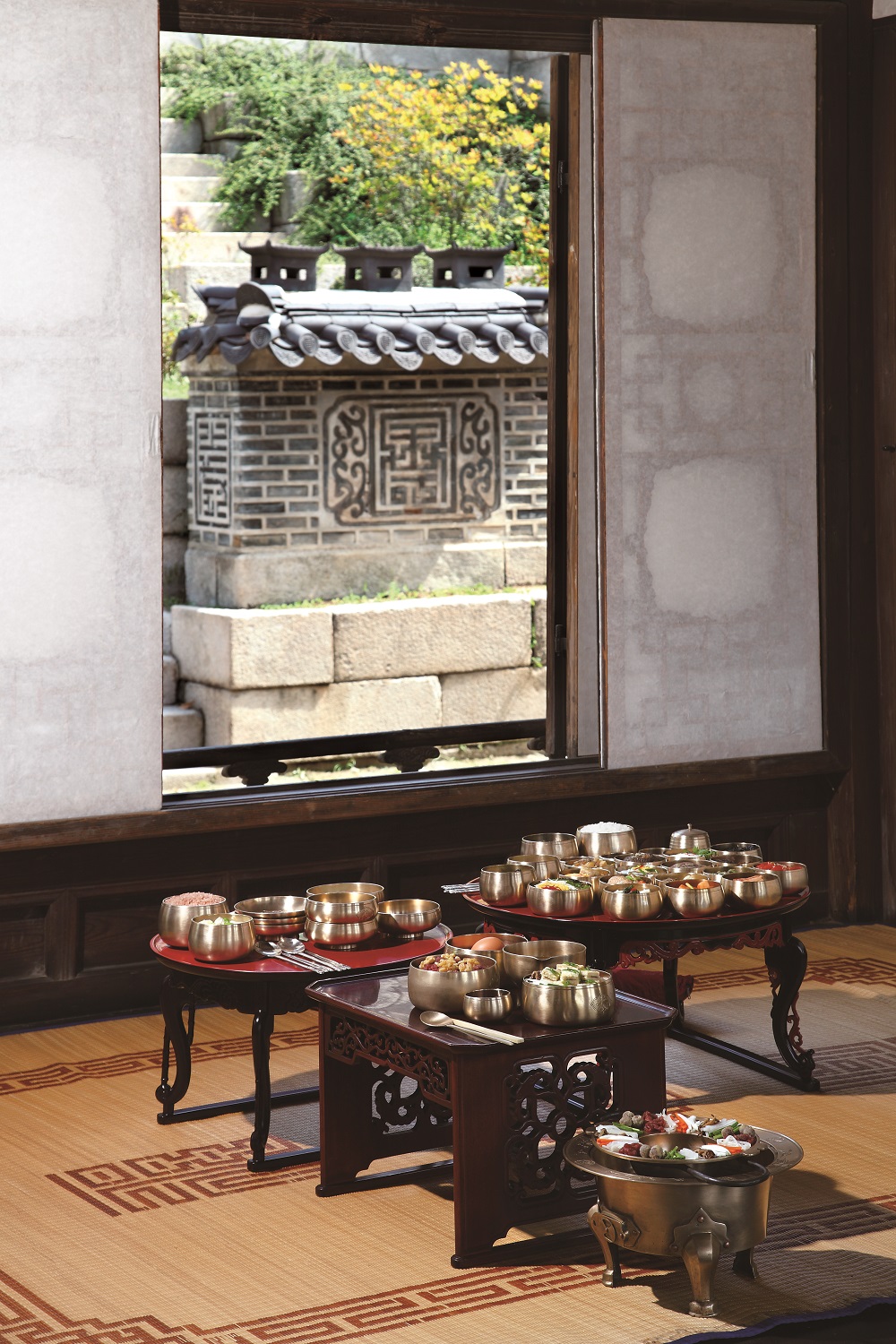- Log in
-
- Sydney Overseas Office
- London Overseas Office
- Paris Overseas Office
- Toronto Overseas Office
- Los Angeles Overseas Office
- New York Overseas Office
- Ulaanbaatar Overseas Office
- Istanbul Overseas Office
- Dubai Overseas Office
- New Delhi Overseas Office
- Manila Overseas Office
- Jakarta Overseas Office
- Hanoi Overseas Office
- Kuala Lumpur Overseas Office
- Singapore Overseas Office
- Bangkok Overseas Office
- Map
- Sydney Overseas Office
- London Overseas Office
- Paris Overseas Office
- Toronto Overseas Office
- Los Angeles Overseas Office
- New York Overseas Office
- Ulaanbaatar Overseas Office
- Istanbul Overseas Office
- Dubai Overseas Office
- New Delhi Overseas Office
- Manila Overseas Office
- Jakarta Overseas Office
- Hanoi Overseas Office
- Kuala Lumpur Overseas Office
- Singapore Overseas Office
- Bangkok Overseas Office
Contents View
-
-
-
Royal Cuisine
-
04/03/2023
-
3.9K
0
0
-
-
food
Korean_food_experience
Korean_royal_cuisine
Korean_cuisine
-
-
Royal Cuisine
The Joseon dynasty, which lasted from 1392 to 1910, was the peak of Korean royal culture and the cuisine from this period became the essence of Korea’s traditional culinary culture. A king’s meal table featured the latest local specialties and fresh seasonal ingredients from all over the country, prepared by the greatest chefs in the royal court. Since then, royal cuisine has been passed down by word of mouth between royal chefs and descendants over several generations in the form of records on royal feasts. Do not miss out on the special opportunity to experience the flavors and styles once enjoyed by kings!

History of royal cuisine
Royal cuisine was prepared by court ladies (jubang sanggung) and professional male chefs (suksu), all of whom had gone through strict training. They cooked all the foods needed in the royal palace, including not only meals for the royal family but also dishes for various feasts and rituals. Cooking skills and techniques of suksu were typically passed down from one generation to the next but, during the Japanese occupation period (1910-1945), many suksu who lost their jobs in the royal palace began to work at restaurants outside the palace walls, which naturally led to the spread of the royal food culture throughout the general public as well. In 1971, the Royal Culinary Art of the Joseon Dynasty was designated as a Korean Important Intangible Cultural Property and it has maintained its existence by a series of inheritors.
Royal table at a glance
Surasang (royal table) in Korean and “sura” is a term used to call meals served up to kings. A king normally receives a morning sura at around 10 in the morning and a dinner sura between 6 and 7 in the evening, according to records. A basic royal table features 12 elements including rice, soup, jjigae (stew), jeongol (hot pot), kimchi and various pastes, and side dishes using different ingredients from one season to the next.

Experiencing royal cuisine
It is not an overstatement to say that royal cuisine is the essence of the Korean traditional culinary culture combining the greatest ingredients, skills of seasoned veteran chefs and their sincerity. Enjoy colorful table settings with naturalistic cuisine and original flavors of the ingredients by utilizing local specialties such as seafood, meat, vegetables and grains as well as fresh seasonal ingredients. You will have a special time and fall into a pleasant delusion of feeling as if you have become a Joseon king.
Notable royal cuisine
Gujeolpan (platter of nine delicacies)
Food that serves eight elements (meat, vegetables, etc.) on a dish divided into nine sections. It is eateb by wrapping these ingredients with miljeonbyeong, or wheat crepe, located in the center of the dish. How all of these different elements are served together is beautiful.
Sinseollo (royal hot pot)
Jeongol dish in a unique-shaped pot with a circular hole in the center that is enjoyed by boiling it on top of a table. Charcoal, etc. is inserted into this hole in the middle to heat the various ingredients that are placed around it before adding the broth.
Tangpyeongchae (mung bean jelly salad)
Salad-like dish with a soft texture and delicious flavors made by harmoniously mixing jelly made of mung bean powder, stir-fried meat, blanched water parsley, and roasted laver.
This page was last updated in March 2023, and therefore information may differ from what is presented here.
1330 Korea Travel Hotline: +82-2-1330 (Korean, English, Japanese, Chinese, Russian, Vietnamese, Thai, Malay)





